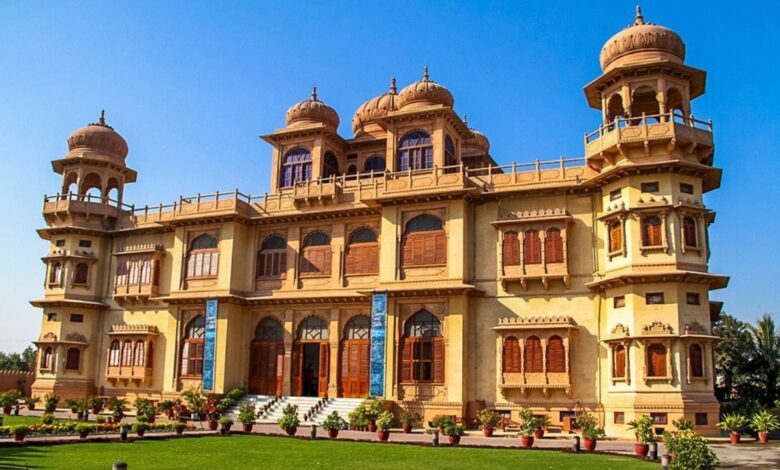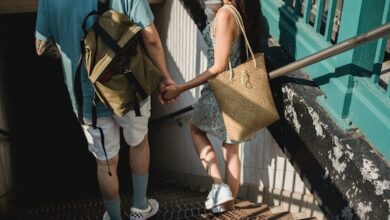Mohatta Palace Museum Karachi

Karachi being the largest city in Pakistan has many beautiful destinations to visit and enjoy. Clifton Beach, Jinnah Mausoleum, Charna Island, and Mohatta Palace are some of the best places in the city.
The city is also famous as the main business and transport hub of Pakistan. Moreover, two of Pakistan’s largest seaports, Port of Karachi and Port Bin Qasim, are also located. If you love to study the historical places in Pakistan you can study the stunning scenic places located in the Gilgit-Baltistan region such as the Shigar Fort, Khaplu Fort, Hunza Valley, etc.
Moreover, if you want to go to these places all facilities are available in the city such as accommodation and transport. The Skardu hotels located in the central city provide all the services for their guests such as shuttle services from the airport, a variety of food, free wifi, parking, etc. In this particular post, we are giving details on one of the top historical tourist destinations located in Karachi, the Mohatta Palace Museum. The museum was built in 1927 as the home of a Hindu Marwari businessman Shivratan Mohatta.
The design of the museum was provided by Muhammad Kumail Hussain. The stones used in the museum’s construction are the traditional stones used in the palaces of Rajasthan. These are the pink Jodhpur stone and the Gizri local Yellowstone. The palace is built on an area of 18,500 square feet. There are nine domes in the palace. During the partition of India, Mohatta left the palace and departed to the new state of India.
After independence, the government of Pakistan used the building as an office for the Ministry of Foreign Affairs. When the office was then moved to Islamabad Mohtarma Fatima Jinnah, sister of Muhammad Ali Jinnah, moved into this Palace in 1964. After her death, her sister Shireen Bai started living in the building
. In 1980, after Shireen Bai’s death, it was sealed by the government of Pakistan. In 1995, the Sindh government purchased the Palace for around six million rupees at that time. The Sindh government in coordination with the Federal government agreed to convert the palace into a museum to conserve the cultural and historical heritage of the country and the city. After some efforts by the government and an autonomous trustee, the restoration of the museum was completed in two phases, and finally, on 15th September 1999, the doors of the museum were opened to the public.
Since then a number of major exhibitions have been held at the museum displaying a variety of new and amazing artifacts. At the time of its opening, there were only three galleries in the museum which are now increased to around fifty galleries. The open hours of the palace are from 11 am to 6 pm six days a week.
It remains closed on Monday and on Friday there is a prayer break between 1 pm to 3 pm. The transportations you can use to reach the palace are bus no 2, minibus N and W30, and Super Hassan Zai and Kahn coach.



